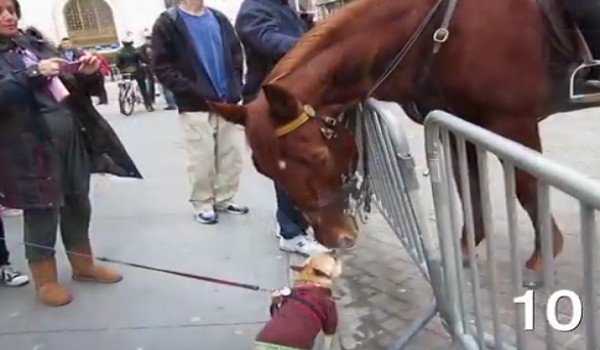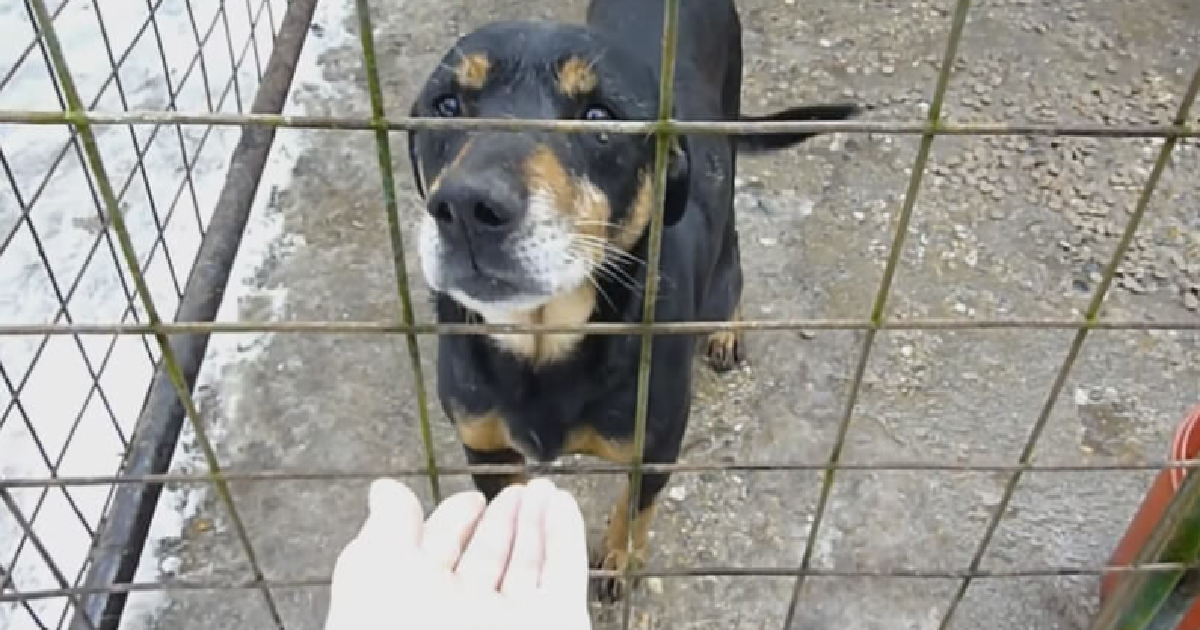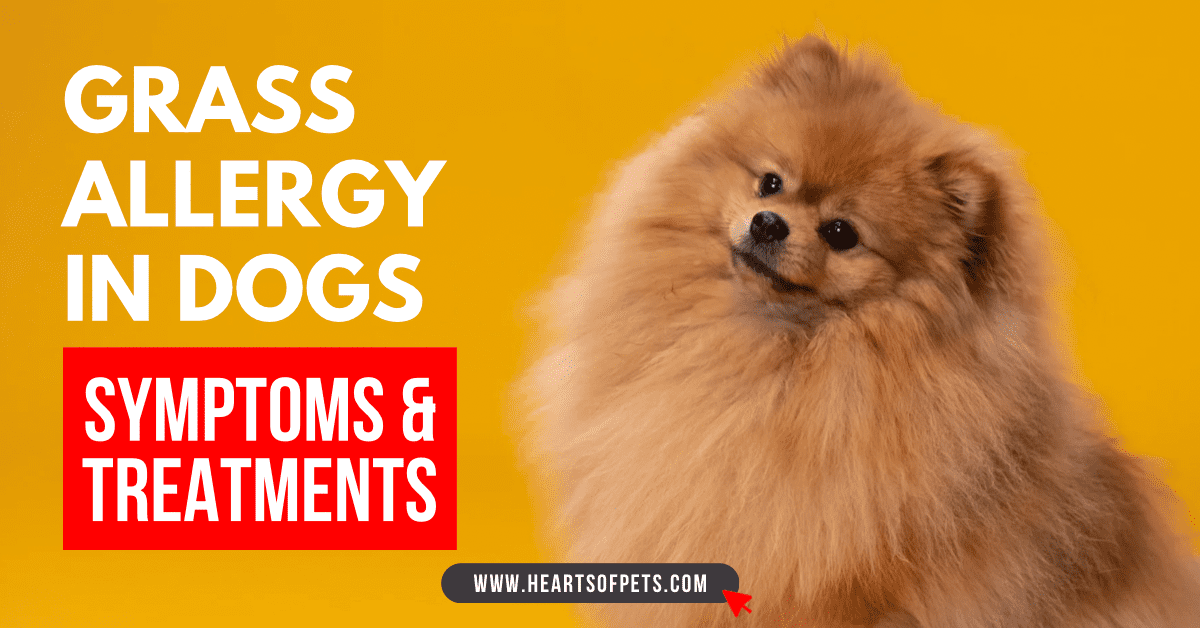
Several dog breeds are especially prone to developing grass allergies, such as the Golden Retriever, Welsh Corgi, German Shepherd, Labrador Retriever, and American Bulldog. According to Dog Allergy Symptoms, an allergy to grass presents itself as a dog’s skin becoming itchy, caused by physical contact with the grass pollen. It may also show up as gastrointestinal issues like vomiting or diarrhea. Grass allergies in dogs can be treated with shots or prescription medications that contain steroids and immunotherapy treatments that desensitize your dog’s immune system to the allergens in grasses and other plants.
Suppose you love your dog but don’t love cleaning up her constant sneezing and scratching. In that case, it may be time to consider the possibility that she’s suffering from grass allergy in dogs—or, more specifically, dog allergy to grass—and what you can do about it. In some cases, it may not even be necessary to cut out grass entirely; reducing the amount of time your dog spends around grass pollen can significantly help improve her symptoms. Reducing grass pollen inhalation by even a tiny amount of time per day could result in drastic improvement without needing to keep them out of your yard entirely.

Keep reading to learn more about why dogs have allergies to plants, what they can do about it and what the best ways are to prevent them from having contact with plants that can make them ill.
Grass Allergies in Dogs
For dog parents, one of the most dreaded phrases is grass allergy. An immune system overreaction causes a grass allergy in dogs to proteins found in grasses. Grass allergy symptoms can range from mild (itchy skin, redness) to severe (anaphylaxis or skin infections). Dogs with grass allergies may also have allergies to other things like pollen, dust mites, and mold.
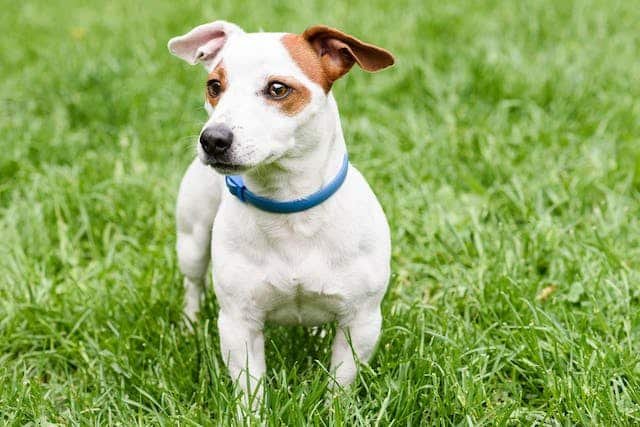
Treatment depends on the severity of the dog’s allergy symptoms but may include antihistamines, steroids, or immunotherapy. Common symptoms are skin irritation, watery eyes, sneezing, hair loss, excessive scratching, swollen paws, licking of dog’s paws, etc.
Causes of Grass Allergies in Dogs

Like people, dogs can develop allergies to anything they’re exposed to regularly – and for some dogs, that includes grass. The most common cause of grass allergies in dogs is pollen, which is carried by the wind and can stick to your dog’s fur. If your dog is constantly licking and scratching his paws, it could be a sign that he’s allergic to something in the environment – and the grass is a common culprit.

Dogs who are allergic to grass may have symptoms that include sneezing, wheezing, coughing, runny nose, or eyes. These symptoms usually occur 15 minutes after contact with the allergen (in this case, grass).
How can I help my dog with Grass Allergy?

If your dog is allergic to grass, you can do a few things to help them feel more comfortable. Avoid letting them play in areas where there is a lot of grass. Keep their coat short so there is less area for the grass pollens to stick to. Give them regular baths and use a hypoallergenic or medicated shampoo.
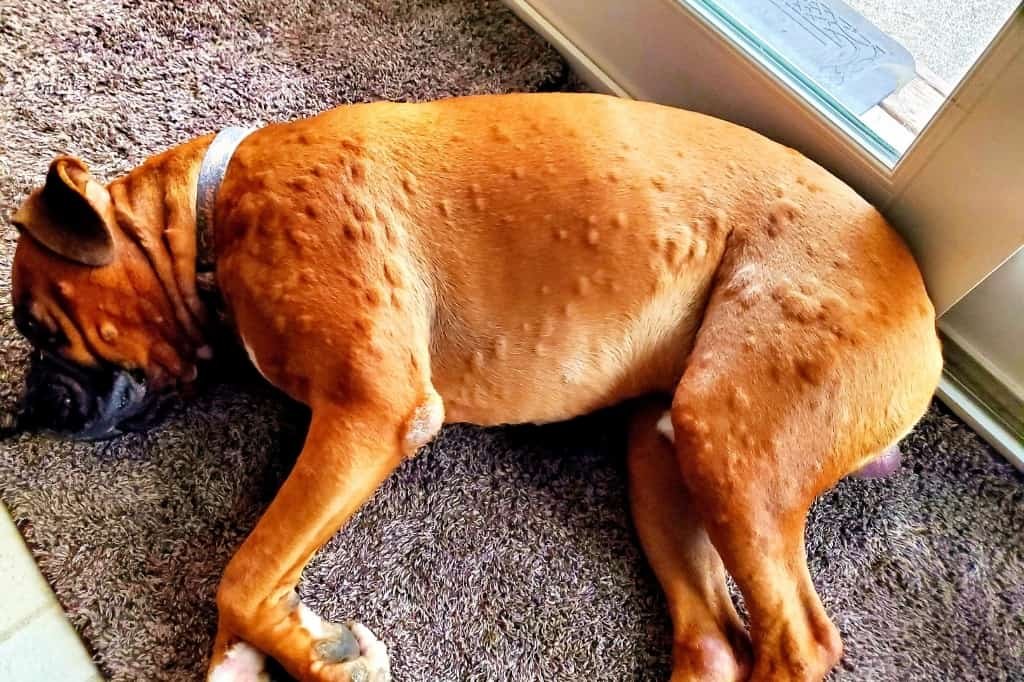
Consult your veterinarian about possible medications to help relieve your dog’s symptoms. Fish oil supplements or coconut oil can be added to your dog’s diet to help soothe their skin. If your dog spends time outside (which they should), try taking them on walks on dirt or concrete instead of through fields and lawns or playing only in your garden since you can control what is put into your yard. If all else fails, consider getting an indoor pet.

Many dogs also have allergic reactions from eating grass, so it’s important to note whether your dog is displaying any secondary symptoms from consuming it. If you notice symptoms like vomiting, diarrhea, or an upset stomach after having been outside in the grass, you may also want to seek veterinary care for your pet.
Diagnosing the Problem

If your dog constantly scratches and seems uncomfortable, it may suffer from seasonal allergies. Allergies are often caused by environmental factors like pollen, dust, or in this case, grass. If you suspect your dog has an allergy, the first step is to visit the vet for a diagnosis. Your vet will perform allergy testing on them to narrow down precisely what the dog’s allergies are. Veterinary professionals have a lot of experience with allergy testing on pets.
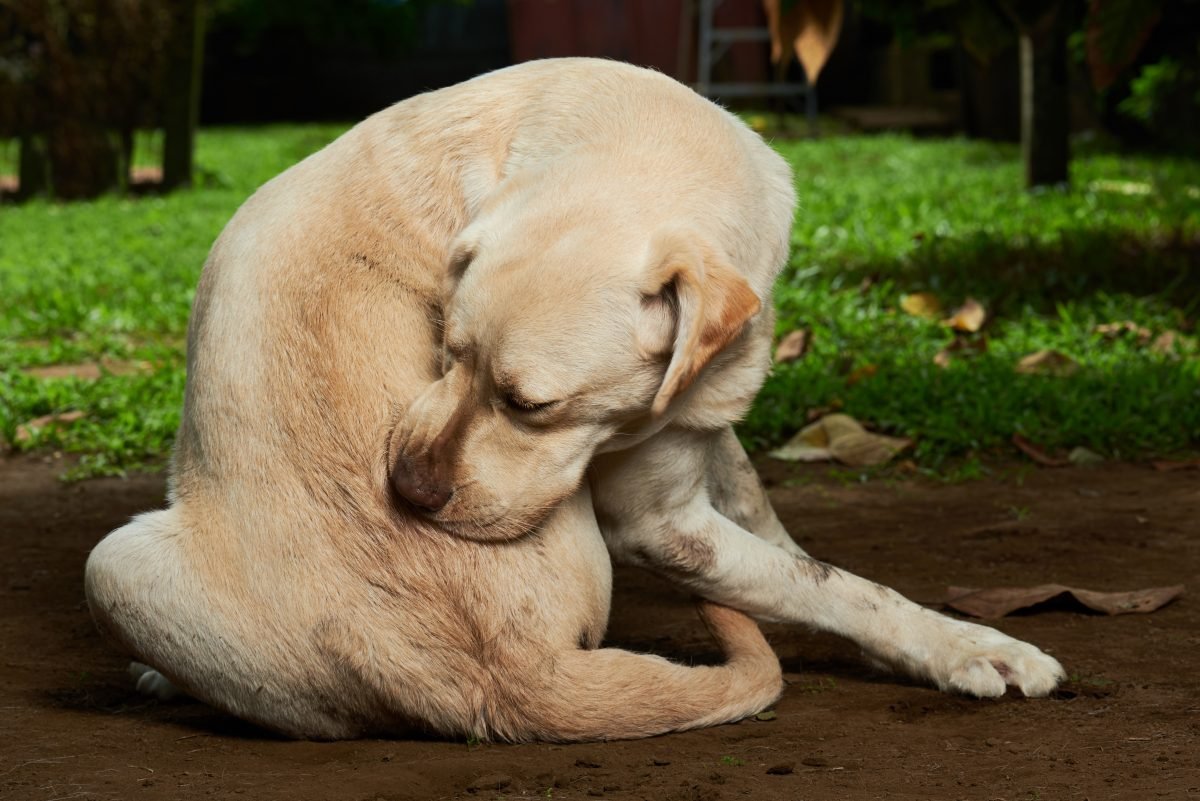
You want a proper diagnosis to come up with the best course of treatment. Once your dog’s allergies have been confirmed, there are plenty of things you can do to manage them. Allergy shots are available to dogs, and possibly seeing a veterinary dermatologist pinpoint the best course of treatment. Dogs allergic to grass should not live outside since they will inevitably come into contact with the allergens that trigger their symptoms.
Treatments for Dogs who are Allergic to Grass

You can do a few things to help your dog if they’re allergic to grass. Antihistamines can help relieve symptoms. You can also try giving your dog oatmeal baths to help soothe your dog’s itchiness. If your dog is chewing their paws excessively, you might need to wrap them in gauze or get them special shoes to protect their feet. Some dogs will also benefit from bathing daily and getting an allergy shot monthly. Most dogs don’t require stringent treatments, only those with severe symptoms or chronic dermatitis.
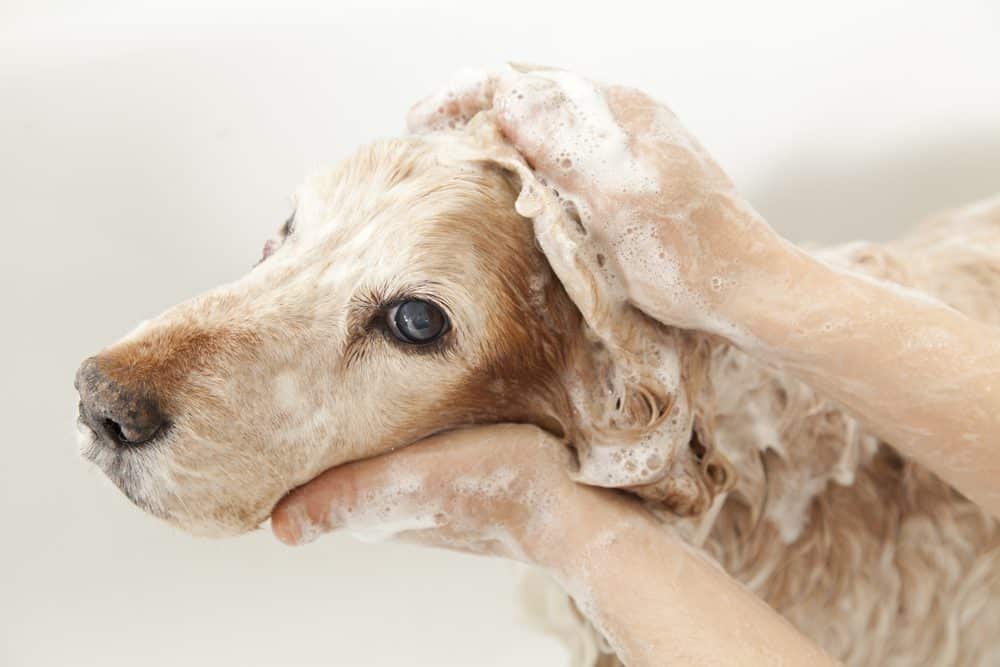
Consult your veterinarian for more information on what would work best for your pet. Immunotherapy injections, hypoallergenic shampoo, and additional treatment for more severe cases are available to you. But first, an allergy test must be conducted before the treatment.
How Veterinarians Diagnose Grass Allergies in Dogs

So is your dog allergic to grass? Or is something else bothering them? To start, your veterinarian will take a detailed history of your dog’s symptoms. Be prepared to answer questions about how often your dog plays in grass, when or how the itching started, how long it lasts, what areas of the body are affected, and if there are other associated symptoms like ear infections or hot spots.
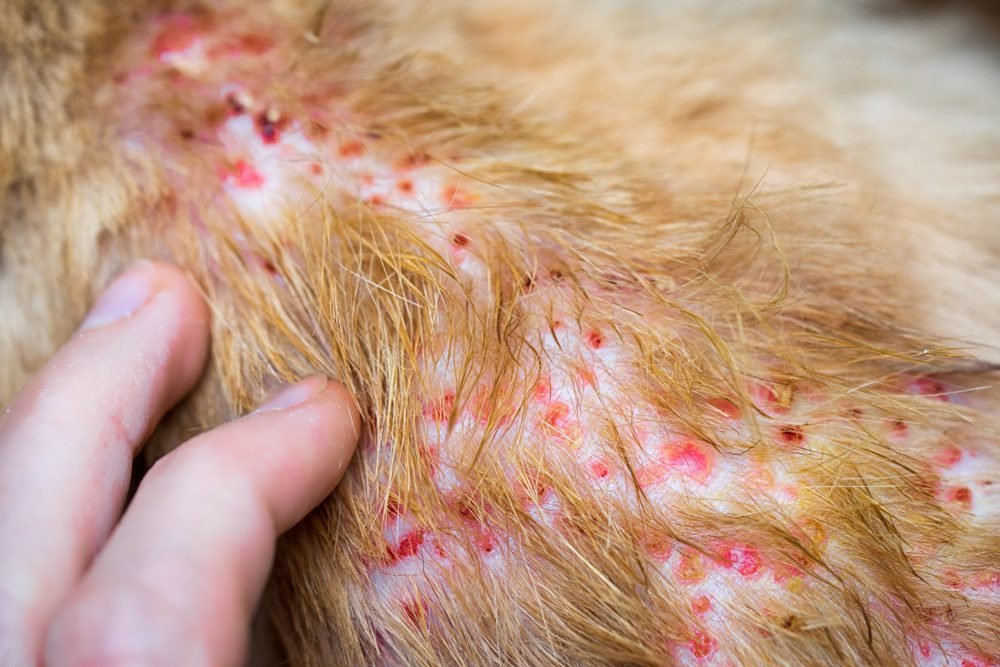
No matter how mild symptoms may seem, be sure to disclose all to your vet. The more info, the better when it comes to treating a dog’s allergy. This includes little flea bites, itchy ears, and watery eyes – all are important, and your vet will want to know.

Your vet may also want to know what your pet eats, as diet can affect allergies. If you don’t know, tell them that, and they’ll be able to rule out some potential allergens. They might even recommend special diets designed for dogs with food sensitivities. They may perform an intradermal skin test, serum allergy test, or a bacterial and fungal swab, depending on how badly it’s affecting your dog’s skin.
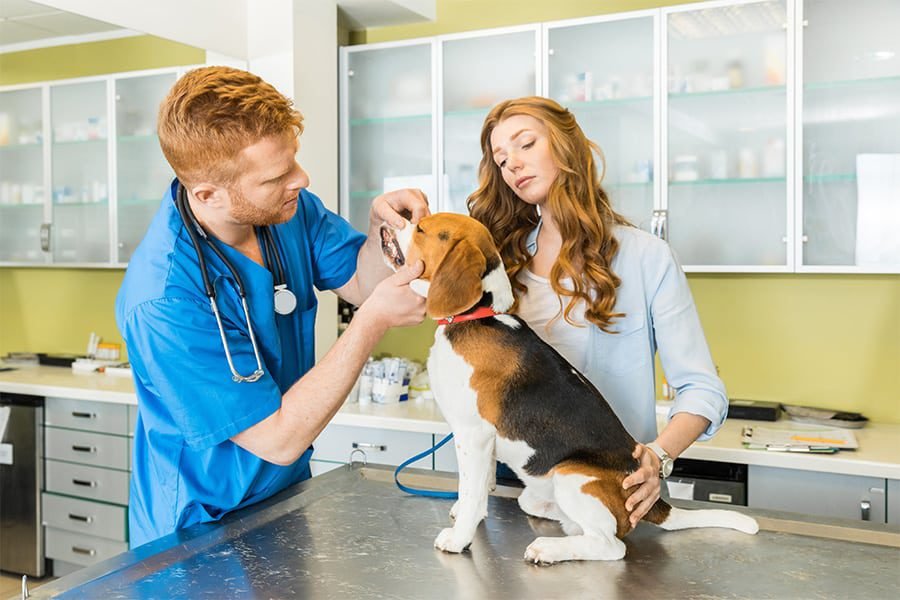
Blood samples must be taken so your vet can test them to determine which allergen(s) are causing the allergic reaction. They will often conduct a complete blood count to make sure nothing is bothering your dog inside. Sometimes skin tests are done, where an allergen is applied directly onto a shaved patch of skin on your dog’s back for five minutes before being removed and examined for signs of inflammation.
Like an elimination diet with dog foods helps determine what a dog with food allergies should and should not eat, skin tests can evaluate what your dog suffers from and how to fix it. You wouldn’t expose a dog with a food allergy to the very thing giving them an allergic response; hence the same is true is the allergic response is environmental and reveals itself in the form of allergic dermatitis – the more we can limit exposure, the fewer pollen allergies will become severe in your pup.
Recovery of Grass Allergies in Dogs
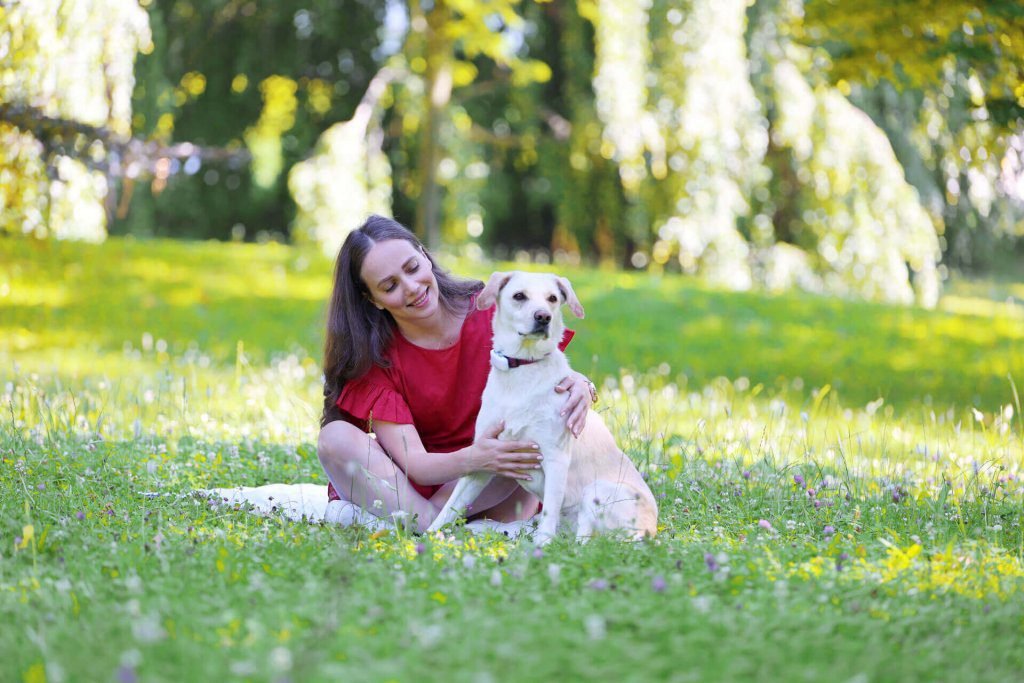
The good news is that dog grass allergies are often seasonal, and your pup should start feeling better as soon as the grass begins to die off. So while allergy season is not fun, you can do a few things to help your dog feel more comfortable.
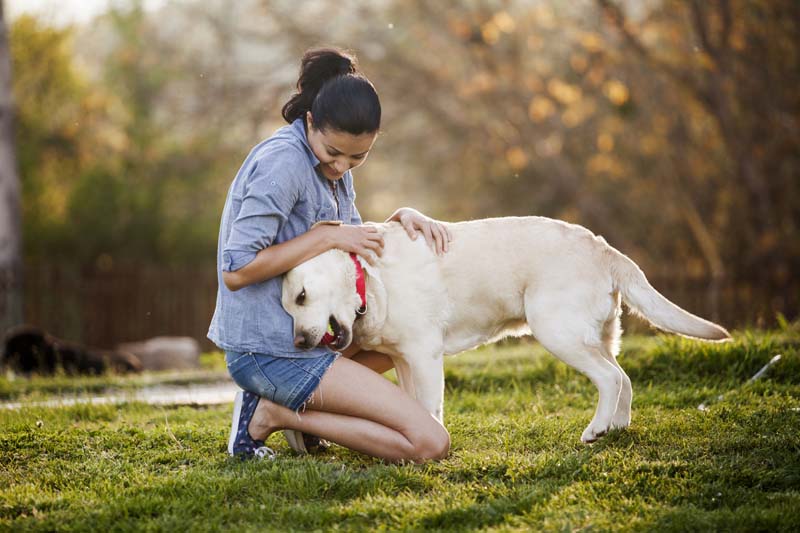
Ensure they take their allergy medication (if a vet prescribes it). You can also try using an anti-itch spray or oatmeal shampoo during baths. Keep your dog away from areas where you know there’s a lot of pollen and grass.
Does My Dog Have Irritable Bowel Syndrome, Too?
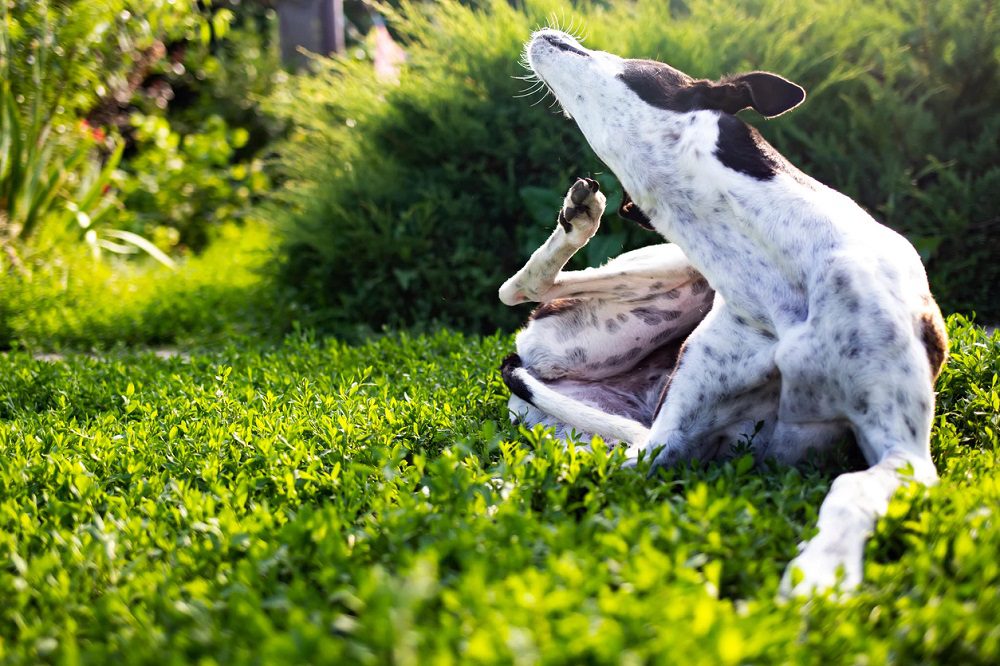
No one likes to see their dog suffer, least of all from something as itchy and uncomfortable as allergies. And when those allergies are to something as ubiquitous as grass, it can make life pretty difficult for you and your pup.

If your dog is licking his paws incessantly, has red, irritated skin, or is experiencing gastrointestinal issues like vomiting or diarrhea, he may be allergic to grass—and you may wonder if he has irritable bowel syndrome (IBS) too.
Final Thoughts

If your dog is allergic to grass, don’t despair. There are many ways to manage the condition and help get your dog happy and comfortable again. You’ll find what works best for you and your pup with patience and trial and error. Remember, prevention is critical. Always have Benadryl on hand to give if he starts to scratch excessively. Your dog’s life doesn’t have to change just because they have allergies. And if any questions or other symptoms pop up in you, seek veterinary advice to find out what will work best for your dog’s body.
Frequently Asked Questions
What can you give a dog who is allergic to grass?
Prednisone, Apoquel (an oral tablet taken every day), and Cytopoint (an injection injected every 4–8 weeks) are a few examples of medications that may be recommended to help with itching. Since these are prescription drugs, your dog's veterinarian will decide which is best for him.
What does a grass allergy look like?
Asthma, eye symptoms (itchy, watery/red eyes), and nasal symptoms (runny nose, stuffiness, sneezing) are just a few of the ways grass allergies can manifest. Although it is far less common, people can also develop skin rashes (hives or skin welts) after coming into contact with grasses.
How can I treat my dogs allergies naturally?
To relieve itching, apply apple cider vinegar, coconut oil, or aloe vera to the skin. A soothing oatmeal soak helps soothe dry skin, itching, and burning.
What is a natural antihistamine for dogs?
However, quercetin is most frequently used to treat the itching, irritation, and pain brought on by allergies in pets. As a result of its inherent anti-inflammatory, antioxidant, and antihistamine effects, it is frequently referred to as "nature's Benadryl."



